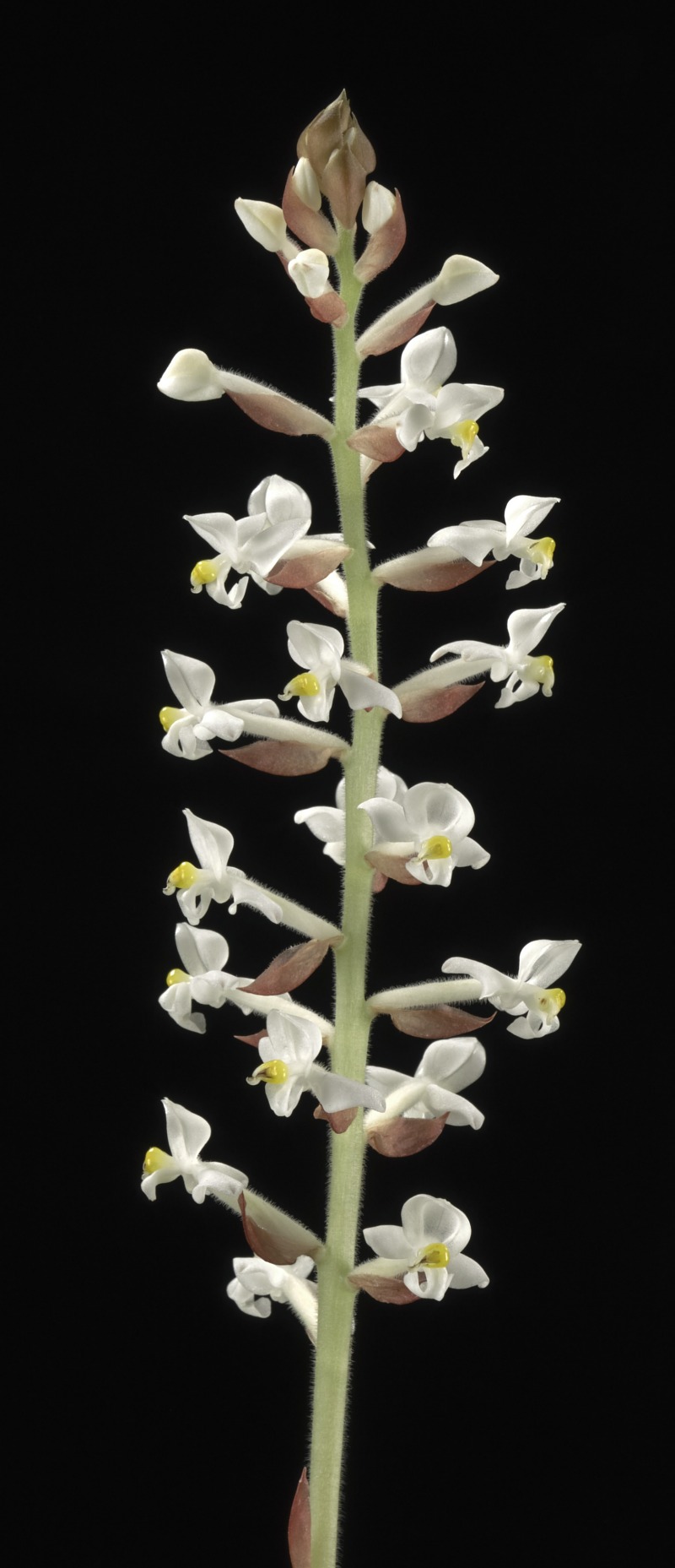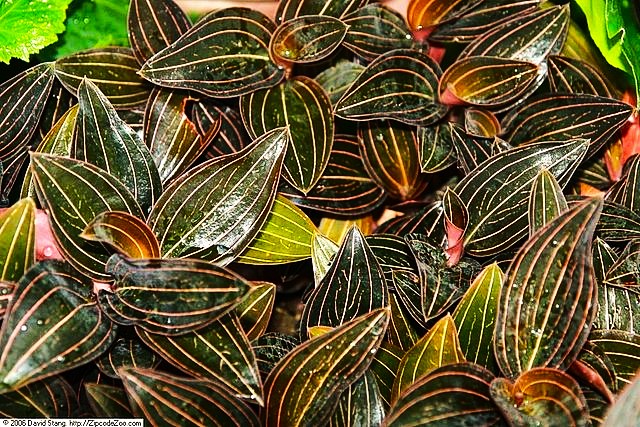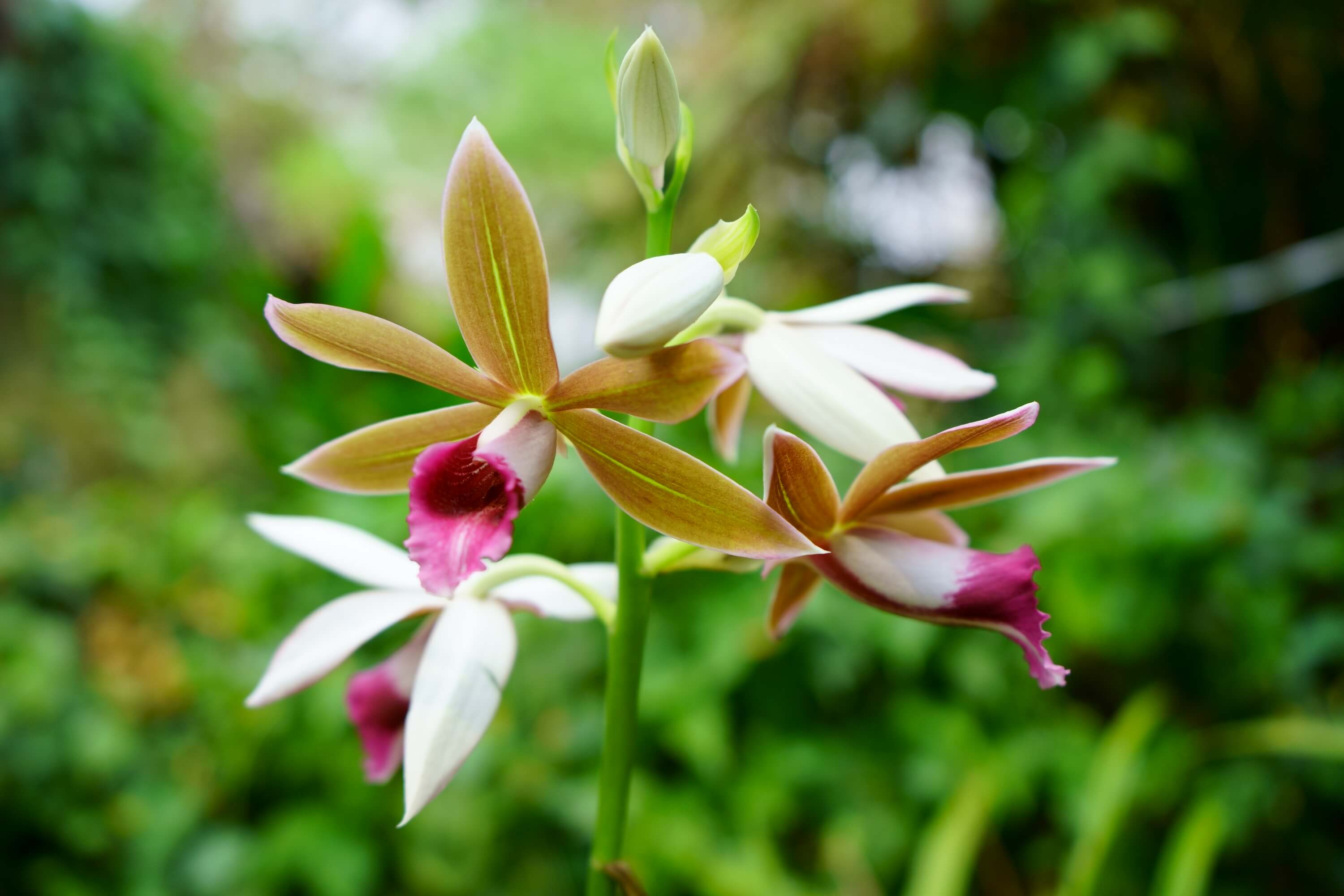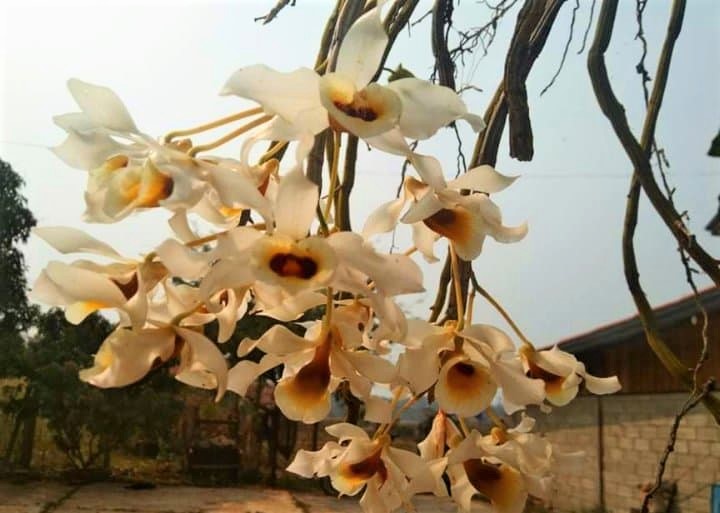Black Jewel Orchid Care
Black jewel orchids (Ludisia Discolor) are an exquisite variety of orchids that boast deep, rich dark green to black burgundy foliage and contrasting variegations that stand out in any setting. These orchids are a rare, trendy addition to indoor gardens. Black jewel orchids, also known as Ludisia discolor, are native to Southeast Asia, where they thrive in shaded, humid environments. They are a rather low-maintenance type of orchid, which makes them ideal for those who are new to orchid gardening. In this article, we'll delve into black jewel orchid care and learn how to help them grow healthy and strong.
Black Jewel Orchid Care Basics
Light

Black jewel orchids thrive in indirect lighting or low light conditions. Excessive amounts of direct sunlight will damage their stunning black-burgundy leaves. So, it is best to keep them in areas that receive filtered light. For example, placing them near a north-facing window will give them the perfect balance of light and shade. The best way to determine the optimal light condition is to observe the plant closely. If the leaves turn a lighter color, it may be getting too little light, and if the leaves turn yellow, it may be getting too much light.
Growing medium
Jewel orchids are terrestrial, which means they grow in soil as opposed to many other orchids that are epiphytic (air orchids). One of the best growing medium recommendations for jewel orchids is a 50% peat moss, 50% perlite mix. Ask your local orchid or nursery grower which blend that they prefer to use.
Watering
One of the essential factors to consider when it comes to black jewel orchid care is proper watering. As with most orchids, they require consistent watering, but not overwatering. They absorb moisture through their roots, so it is important to maintain a consistent moisture level. Watering once a week, or when the top inch of soil is dry to the touch, is a good rule of thumb to follow.
It is crucial to use room temperature or lukewarm water when watering black jewel orchids. Cold water can cause shock to the roots, which can lead to severe damage or death of the plant. In addition, using a well-draining pot or container will encourage good drainage and prevent water-logging.
Humidity

Black jewel orchids are accustomed to high levels of humidity. Therefore, when growing this type of orchid, it is important to maintain a high humidity level. This can be achieved through several methods. First, you can place a pebble tray or a humidifier near the plant. The pebble tray is created by adding pebble rocks to a shallow tray and adding water to it. The pebble tray allows the water to evaporate, creating a moist environment around the plant.
Second, a simple and effective way to increase humidity levels is by using a plant mister. Mist the leaves lightly, especially during the summer months, to increase the humidity level around the plant.
Fertilizer
Like most plants, black jewel orchids require essential nutrients to help them grow strong and healthy. Fertilizing with a balanced, water-soluble fertilizer once a month is recommended. It is essential to use a fertilizer that is specially formulated for orchids because they require a specific balance of nutrients based on their natural habitat.
While fertilizing, it is important to avoid getting any fertilizer on the leaves or flowers, as this can cause damage. The best time to fertilize is in the morning or early evening when the temperature is cooler.
Temperature
Black jewel orchids thrive in warm temperatures, and their ideal temperature range is between 60-85°F (16-30°C). When the temperatures drop below 50°F (10°C), it can cause damage to the plant. Therefore, it is essential to ensure that the orchids are kept in a warm and stable environment.
Propagation
A rewarding aspect of black jewel orchid care is that they are easy and straightforward to propagate. You can propagate these orchids through stem cuttings or division. Stem cuttings involve cutting off a piece of the plant stem with leaves and placing it in damp potting soil, perlite or sphagnum moss. After a few weeks, you should see new roots forming, which is a sign that the plant is growing.
Division is another way to propagate black jewel orchids. This method involves separating the plant rhizome into several smaller pieces, each of which has its own set of roots and leaves. Replant the divided pieces in damp soil, and within a few weeks, you should see signs of growth.
Pests and Diseases
Black jewel orchids are relatively pest and disease-resistant; however, several insects may cause damage to the foliage. Mealybugs, scale insects and spider mites are common pests that attack these orchids. Keeping a close eye on the orchids and inspecting them regularly will help to detect any issues early on. In case of an outbreak, use an organic pesticide or insecticidal soap to treat the problem.
Black jewel orchids are breathtaking, exotic plants that add a touch of elegance to any indoor garden. Their striking dark leaves contrast with their delicate white flowers, making them the perfect centerpiece. Careful adherence to their needs will ensure that your black jewel orchids thrive and continue to be a stunning addition to your home or workspace. With the tips mentioned above, you will be well


